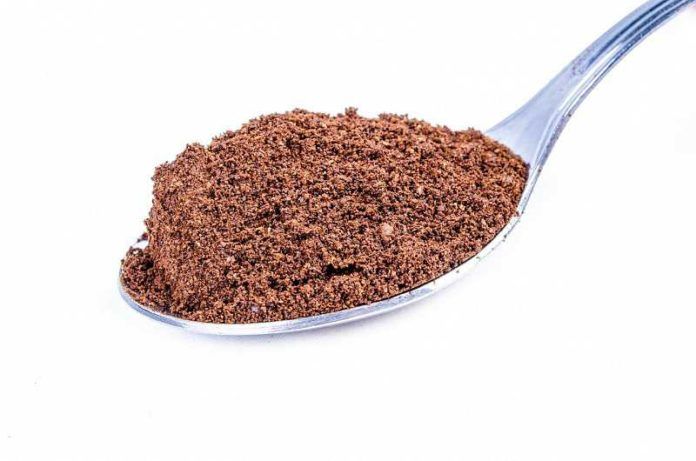Consumption of cocoa contributes to changes in metabolism and slower weight gain. These changes come not only from cocoa fiber but from other non-fiber chemicals found in cocoa.
Cocoa, a key ingredient in chocolate, contains active chemicals and fiber, both of which confer health benefits. Some of these chemicals pass through the small intestine intact to the colon, where they are then broken down by the intestinal flora, or beneficial intestinal bacteria. After being digested by the intestinal flora, the cocoa chemicals actually become more active than their original form and contribute to several key changes in health and function.
Malen Massot-Cladera and colleagues wanted to gain a better understanding of the relationship between the chemicals eliminated through the urine and the beneficial effects cocoa on health, specifically body weight, hormones, intestinal immunity and the composition of intestinal flora. Their results were published in the British Journal of Nutrition.
Massot-Cladera and her team randomly divided a group of 30 rats into three groups of 10. One group was fed a diet of 10% cocoa. The second group was fed cocoa fiber equal to that consumed by the first group, but without any additional cocoa chemicals. The third group was fed fiber, equal to that of the first and second group, but from a different source (chicory). All three diets provided the same amount of energy, carbohydrates, proteins and fats.
The diets lasted three weeks while body weight and food intake monitored throughout the study. Starting 15 days into the study 24-hour urine samples were collected and analyzed. After three weeks, blood samples were collected in addition to fecal samples.
In the early part of the study, there were no differences in body weight between the three groups. However, after the first week, the group eating 10% cocoa had gained less weight than the other two groups. This is noteworthy because this difference was not because of lower overall caloric intake, as all three groups ate a similar amount.
Urinalysis of hormone levels showed a distinct pattern between the three groups. This is particularly interesting as it relates to the two groups whose food was sourced from cocoa. It became clear that there were distinct hormonal changes associated with the 10% cocoa compared to the changes seen from only the cocoa fiber. This suggests that there are non-fiber chemicals in cocoa that contribute to hormonal changes.
Intestinal flora (beneficial bacteria) was measured through fecal samples and the ratio of different types of bacteria was compared. The group that was fed 10% cocoa had a balance of bacteria that is associated with lower body weight.
The authors describe the urinary metabolites that result from cocoa consumption. Differing metabolite profiles indicate a shift in the host’s energy and metabolism due to the 10% cocoa consumption but not cocoa fiber alone. The association of these metabolic profiles with parameters such as body weight can further our understanding of cocoa’s impact on health. Further studies should assess the specific components of cocoa responsible for the observed metabolic profiles and associated measures.
Written By: Sean Manning, BA, DC, MWC



